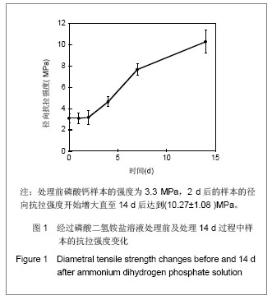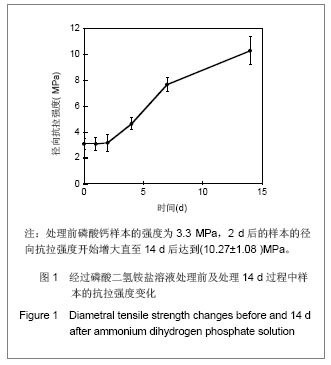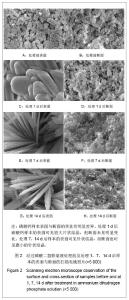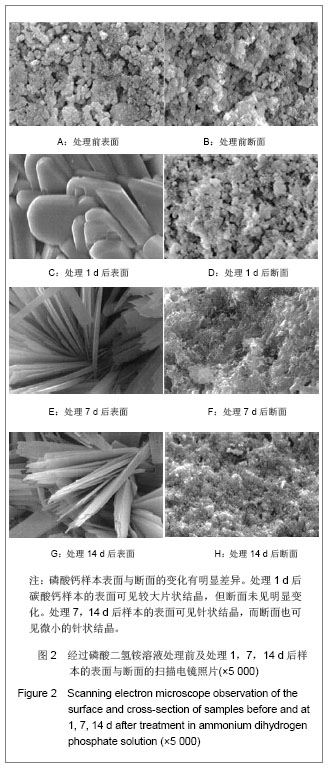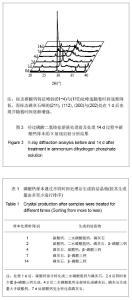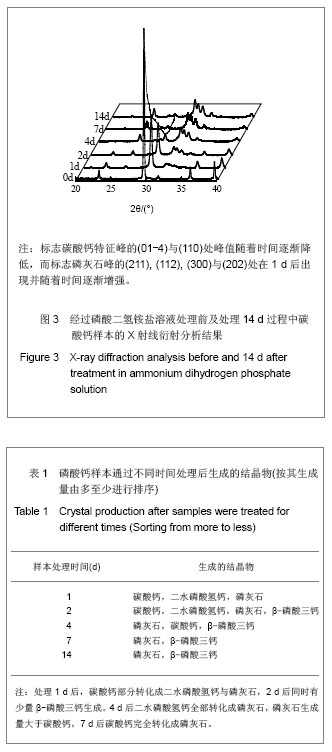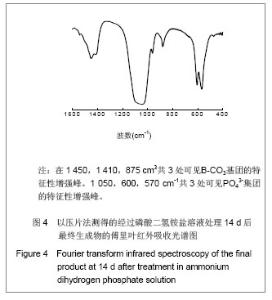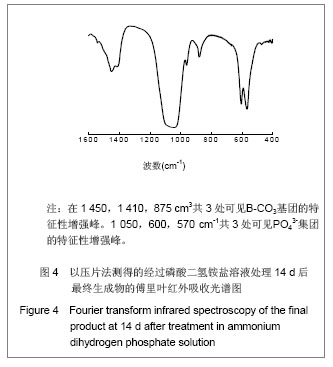| [1]LeGeros RZ. Calcium phosphates in oral biology and medicine. Monogr Oral Sci. 1991;15:1-201.[2]郝强,赵丽,关继奎,等.人工骨材料在骨缺损修复中的应用[J].中国组织工程研究与临床康复,2009,13(34):6475-6478.[3]Browaeys H, Bouvry P, De Bruyn H. A literature review of biomaterials in sinus augmentation procedures. Clin Implant Dent Relat Res. 2007;9(3):166-177.[4]王迎军,杜昶,赵娜如,等.仿生人工骨修复材料研究[J].华南理工大学学报,2012,40(10):51-58.[5]Sasso RC, LeHuec JC, Shaffrey C. Iliac crest bone graft donor site pain after anterior lumbar interbody fusion: a prospective patient satisfaction outcome assessment. Spinal Disord Tech. 2005;18(Suppl):S77-S81.[6]张亮.复合磷酸钙骨水泥改性研究进展[J].陕西医学杂志,2010, 39(11):1532-1534.[7]符晓红,阮晓豪,曾忠友.椎弓根螺钉系统固定并椎体成形术治疗胸腰椎骨折2年以上随访结果[J].中国医药指南,2012,10(5): 98-100.[8]Ehrler DM, vaccaro AR. The use of allograft bone in lumbar spine surgery. Clin Orthop Relat Res. 2000;(371):38-45.[9]陈东,张鹏,刘国辉.人工骨生物材料的研究进展[J].临床骨科杂志,2007,10(4):366-368.[10]张永光,王志强.骨移植替代材料研究进展[J].中国修复重建外科杂志,2008,22(10):1264-1268.[11]Giannoudis PV, Dinopoulos H, Tsiridis E. Bone substitutes: an update. Injury. 2005;36 Suppl 3:S20-27.[12]Strocchi R, Orsini G, Iezzi G, et al. Bone regeneration with calcium sulfate: evidence for increased angiogenesis in rabbits. J Oral Implant. 2002;28(6):273-278.[13]郭亚平,周玉,贾德昌.以Ti6A14V为基体制备介孔碳酸根型羟基磷灰石/聚苯铵复合涂层[J].稀有金属材料与工程,2011,40(8): 1317-1322.[14]张爱娟,王卫伟,李成峰.不同条件下碳酸羟基磷灰石的合成及吸附性能研究[J].硅酸盐通报,2012,31(6):1371-1375.[15]朱庆霞,徐琼琼,罗民华.碳酸羟基磷灰石的生物矿化研究[J].陶瓷学报,2010,31(2):234-239.[16]朱庆霞,徐琼琼,刘欣.羟基磷灰石和碳酸羟基磷灰石结构和细胞相容性的对比研究[J].陶瓷学报,2010,31(1):59-64.[17]Rey C, Renugopalakrishnan V, Collins B, et al. Fourier transform infrared spectroscopic study of the carbonate ions in bone mineral during aging. Calcif Tissue Int. 1991;49(4): 251-258.[18]Doi Y, Shibutani T, Moriwaki Y, et al. Sintered carbonate apatites as bioresorbable bone substitutes. J Biomed Mater Res. 1998;39(4):603-610.[19]Roy DM, Linnehan SK. Hydroxyapatite formed from coral skeletal carbonate by hydrothermal exchange. Nature. 1974; 247(438):220-222.[20]李云胜,唐中英.珊瑚人工骨材料的结构与性能研究[J].中国实用医药,2007,2(6):15-16.[21]李俊,孟志斌,周键强,等.珊瑚羟基磷灰石人工骨移植修复良性骨肿瘤骨缺损32例[J],中国组织工程研究与临床康复,2008,12(36): 7085-7088.[22]Lin X, Matsuya S, Udoh K, et al. Effect of molding pressure on fabrication of low-crystalline calcite block. J Mater Sci Mater Med. 2008;19(2):479-484.[23]Matsuya S, Lin X, Udoh K, et al. Fabrication of porous low crystalline calcite block by carbonation of calcium hydroxide compact. J Mater Sci Mater Med. 2007;18(7):1361-1367. [24]Takatoshi O, Koji I, Ikubo Y, et al. The effect of the microstructure of β-tricalcium phosphate on the metabolism of subsquently formed bone tissue. Biomaterials. 2007;28(16): 2612-2621.[25]胡红涛,许国华,刘继春,等.原位生长纳米羟基磷灰石晶须增强ß-磷酸三钙多孔支架的生物安全性[J].中国组织工程与临床康复, 2011,15(51)9575-9579.[26]王臻,郭征,李靖.多孔磷酸三钙人工骨修复腔隙性骨缺损的随机对照研究[J].中华骨科杂志,2011,31(6):564-570.[27]Fleet ME. The carbonate ion in hydroxyapatite: recent X-ray and infrared results. Front Biosci (Elite Ed). 2013;5:643-652. [28]Ren F, Ding Y, Leng Y. Infrared spectroscopic characterization of carbonated apatite: A combined experimental and computational study. J Biomed Mater Res A. 2013. [29]唐佩福,黄晋香,王继芳,等.多孔碳酸化羟基磷灰石骨水泥的生物相容性研究[J].北京生物医学工程,2005,24(6):401-404.[30]Rezwan K, Chen QZ, Blaker JJ, et al. Biodegradable and biozctive porous polymer/inorganic composite scaffolds for bone tissue engineering. Biomaterials. 2006;27(18): 3413- 3431.[31]俞耀庭,张兴栋.生物医用材料[M].天津:天津大学出版社,2000.[32]张飞,李奇,林荔军,等.新型去甲万古霉素-纤维蛋白胶磷酸钙人工骨研究[J].广东医学,2010,31(6):688-690. |
